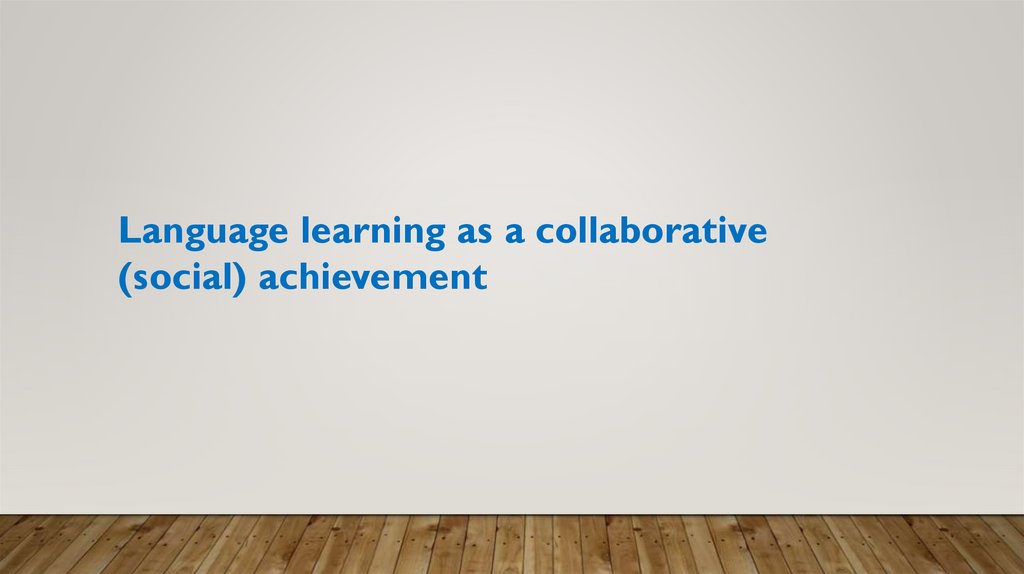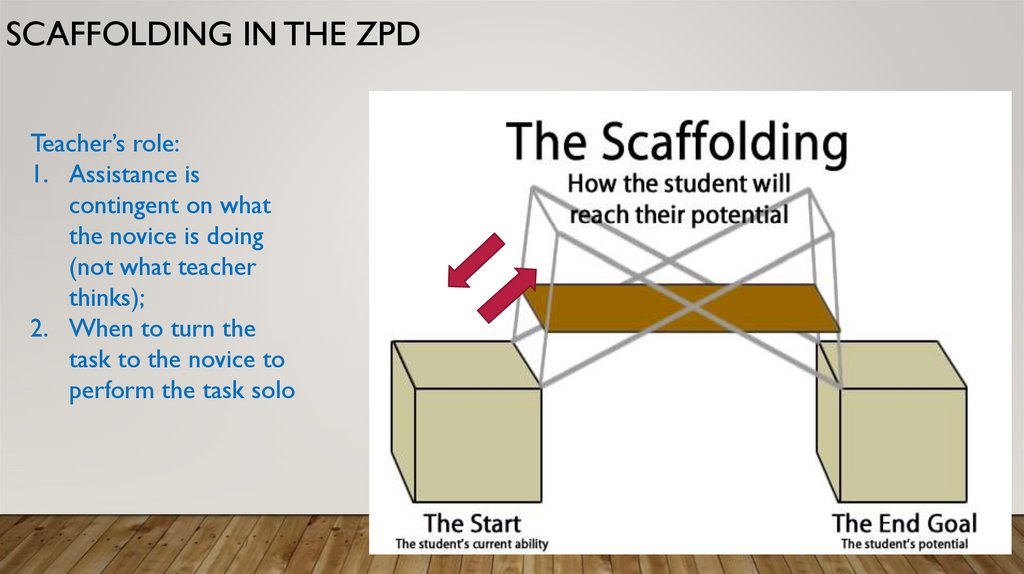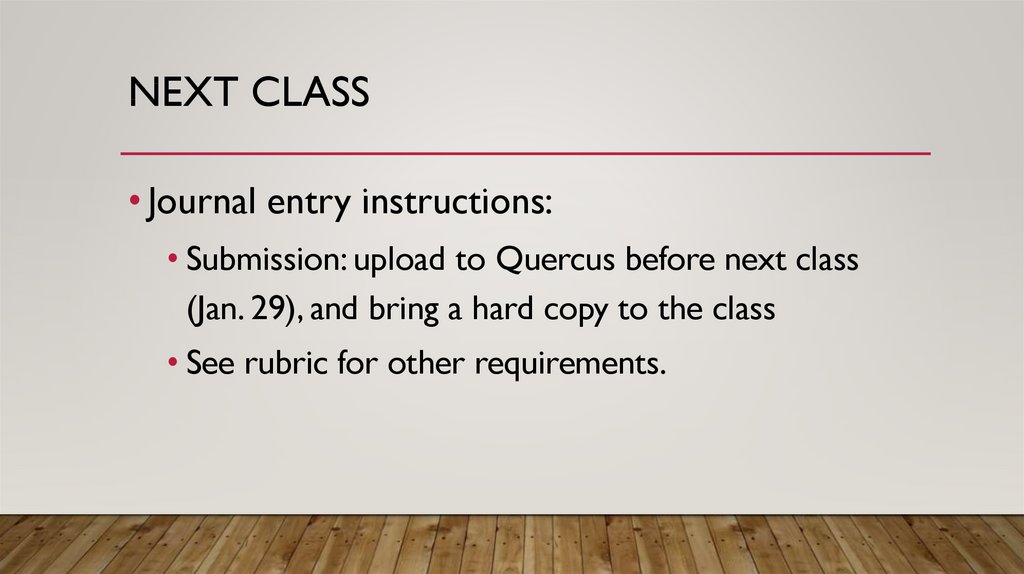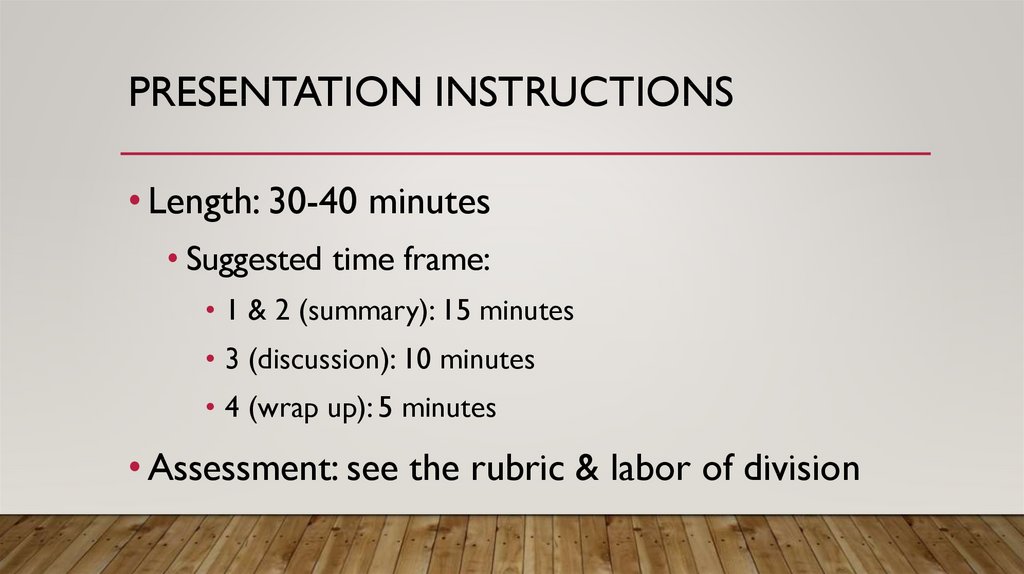Похожие презентации:
Lin/ltl 487 second language pedagogy. Week 3
1. Lin/ltl 487 Second language pedagogy
LIN/LTL 487SECOND LANGUAGE PEDAGOGY
WEEK 3
SPRING 2019
2. outline
OUTLINE• 1. Shrum, J. and E. Glisan (2016)
• 2. Minor, D. (2014)
• 3. for next class
3. Goals
GOALS• Be familiar with important concepts in SLA
• Be able to analyze the SLA theories behind the
teaching methods in the video
4. Shrum, J. and E. Glisan (2016)
SHRUM, J. AND E. GLISAN (2016)5. Shrum, J. and E. Glisan (2016)
SHRUM, J. AND E. GLISAN (2016)6.
What is the purpose of SLA research?SLA research
Inform classroom
practices
How learners
acquire languages
7. TWO PERSPECTIVES IN SLA RESEARCH
SLAresearch
Individual and
cognitive
achievement
Cognitive
process
Collaborative
achievement
within a
community of
learners
Social
process
8.
Language learning as an individual(cognitive) achievement
9. Competence & communicative competence
COMPETENCE & COMMUNICATIVE COMPETENCEUG
Communicative
competence
(Hymes 1972)
competence
grammatical
competence
performance
sociolinguistic
competence
discourse
competence
strategic
competence
10.
pragmatic knowledgeunanalyzed chunks used when
interaction with others
Communicate and compensate
deficiencies of other competence
Conversational, actional, non-verbal
11.
Acquisitionlearninghypothesis
Affectivefilter
hypothesis
Conscious knowledge of
rules that ‘monitors’ language
output
Krashen’s
input
hypothesis
Input i + 1
hypothesis
Monitor
hypothesis
Naturalorder
hypothesis
e.g. learners acquire the
grammatical morpheme -ing
before the morpheme third
person -s.
12.
Implications of Krashen’s input hypothesison vocabulary teaching
13. Critics of Krashen’s theory
CRITICS OF KRASHEN’S THEORY• 1. have not been empirically tested in language-learning
environments;
• 2. concepts such as comprehensible input and learningacquisition distinction are not clearly defined or testable;
• 3. his model presents far too simplistic view of the
acquisition process.
14. Critics of Krashen’s theory
CRITICS OF KRASHEN’S THEORY• 4. diminishes the role of the learner (teacher’s
the only source for comprehensible input)
15. Language processing
LANGUAGE PROCESSING• Additionally, if language can be learned
unconsciously, how do we explain variability in
performance?
Within a single learner, overtime,
within contexts & across different
learners?
16. Language processing
LANGUAGE PROCESSINGImplicit
unconscious,
procedural knowledge,
(“hi” example)
Explicit
conscious, declarative
knowledge
(Metalinguistic
knowledge)
Mental representation
of L2
17. Language processing
LANGUAGE PROCESSINGMental
representation
of L2
Procedural memory
automatic
processing
Declarative memory
controlled
processing
L2?
18. Language processing
LANGUAGE PROCESSINGHow to facilitate automaticity in L2?
Not just accelerated
behavior, but performance
over which one has greater
control
Automaticity in L2
Not just adding
grammatical rules, but
through repeated practice
Restructuring:
change the knowledge
representation to be more
specific and analyzed
19.
Why did mistakesoccur in stage 2?
20. implications in l2
IMPLICATIONS IN L2• 1. errors might be signs of restructuring—
teachers need to be patient
• 2. knowing the rules +use the rules
ability to use it in communication
21. implications in l2
IMPLICATIONS IN L2• “…neither the knowledge of the rule, nor the use the
rule when consciously constructing sentences directly
contribute to acquisition—only the repeated use of
the resulting utterances servers as the input from
which linguistic competence is implicitly abstracted”
• (Paradise 2009)
22.
Language learning as a collaborative(social) achievement
23. Sociocultural theory (VYGOTSKY 1978)
SOCIOCULTURAL THEORY(VYGOTSKY 1978)
Our development is
“inherently linked to the
cultural, institutional and
historical settings in which
it occurs” (Wertsch 1994)
cognitive
linguistic
soical
Socioculturally constructed
24. Sociocultural theory
SOCIOCULTURAL THEORYCognitive
process
Learning and
development
Social
process
25. Sociocultural theory
SOCIOCULTURAL THEORYInstruction
and learning
discursive interaction
experts
novice
26.
Vygotsky (1978)Piaget (1979)
mediation
with
others
learning
development precedes learning
development
cognitively
ready
developmental
ready
learning precedes development
learning
27. Sociocultural theory
SOCIOCULTURAL THEORYDevelopmental
levels
Actual
developmental
level
Potential
developmental
level
with assistance or
mediation of adults/more
capable peers
28. Zone of proximal development (ZPD)
ZONE OF PROXIMAL DEVELOPMENT (ZPD)What learners
can do
without help
What learners
can do with
help
What learners
cannot do
29. SCAFFOLDING IN THE ZPD
Teacher’s role:1. Assistance is
contingent on what
the novice is doing
(not what teacher
thinks);
2. When to turn the
task to the novice to
perform the task solo
30.
reciprocal learningtask completing
problem solving
All aspects of
foreign language
instruction
ZPD
Scaffolding: not providing
solutions but facilitated to
search for solutions
Limited to
instruction on
language content
Discourse
competence
cultural and
pragmatic
appropriateness
grammatical
structure
31.
i +1(Krashen)
ZPD
• Cognitive process
• Language & input
• language learning = language
use
• through collaboration &
interaction in a social setting
32. Mediation in the ZPD
MEDIATION IN THE ZPDmediation
learner
the
world
33.
opportunitiestalking in SL
teacher
assistance
visuals
textbook
Mediation
tools
34.
mentalrehearsal
private
speech
language
play
Mediation
tools
35. View and reflect
VIEW AND REFLECT• Context: French, Kindergarten
• Jai Scott's French immersion class uses the topic of
chicken pox, from Marc Brown’s story, Arthur a la
varicelle (Arthur Has the Chicken Pox), and a French
song, and total physical response (TPR) movements to
learn new vocabulary for the parts of the body.
36. View and reflect
VIEW AND REFLECT• Context: French immersion, Kindergarten
• The class practices emerging literacy skills by
matching vocabulary labels to a drawing of a person.
Finally, students do a cut-and-paste activity, labeling a
drawing of a person with words for body parts that
they had practiced in the song.
37. View and reflect
VIEW AND REFLECT• 1. How does Mr. Scott guide the students from use of the
L1 to use of the L2?
• 2. How does he help students recognize words in French?
• 3. Describe how the children’s literacy emerges as seen in
this class.
38. View and reflect
VIEW AND REFLECT• 4. How are the following theoretical elements from Chapter 1
illustrated by means of the teaching and learning that take place in
this video?
input i + 1
sociocultural learning
variability in performance
ZPD
affect and motivation
39. View and reflect
VIEW AND REFLECT• Video:
http://www.learner.org/resources/series185.html
#
• (1:30, 13:00, 17:15, 20:00)
40. Minor, D. (2014)
MINOR, D. (2014)• History of second language acquisition. In On
being a language teacher, p. 97-114. New Haven:
Yale University Press.
41. Thoughts/doubts/questions/challenges in the classroom
THOUGHTS/DOUBTS/QUESTIONS/CHALLENGES IN THE CLASSROOM
• Read each other’s entry
• Comments on their entry
• interesting/insightful/provocative thoughts
• points needed clarification
42. Next class
NEXT CLASS• Readings (for presentations):
• 1. Brandl, K. (2008). Principles of Communicative teaching and task-based
instruction. In Communicative language teaching in action: putting principles
to work (third edition, pp.1-38). N.J.: Pearson Prentice Hall.
https://bit.ly/2IRqByI (sample chapter from the publisher)
• 2. Bateman, B & Lago, B. (2011). Methods of language teaching. (DVD video).
London: Routledge, Taylor & Francis Group.
• Video available at: http://hlr.byu.edu/methods/content/index.html
43. Next class
NEXT CLASS• Readings (for journal entry):
• 3. Richards, J.C. and T.S. Rodgers (2014). The nature
of approaches and methods in language teaching. In
Approaches and Methods in Language Teaching (pp.
20-43). Cambridge University Press. (PDF on
Canvas)
44. Next class
NEXT CLASS• Journal entry instructions:
• Submission: upload to Quercus before next class
(Jan. 29), and bring a hard copy to the class
• See rubric for other requirements.
45.
introductionsummary
Presentation
group discussion
wrap up
46.
PRESENTATION INSTRUCTIONS• 1. introduction to the purpose and structure of your
presentation
• 2. summary of main points/points that you resonate with
• 3. debriefing session in which your group engages the
class in a discussion of the important issues or
pedagogical activities arising from the presentation
(group discussion journal entry)
• 4. wrap up
47.
PRESENTATION INSTRUCTIONS• Length: 30-40 minutes
• Suggested time frame:
• 1 & 2 (summary): 15 minutes
• 3 (discussion): 10 minutes
• 4 (wrap up): 5 minutes
• Assessment: see the rubric & labor of division















































 Образование
Образование Лингвистика
Лингвистика








